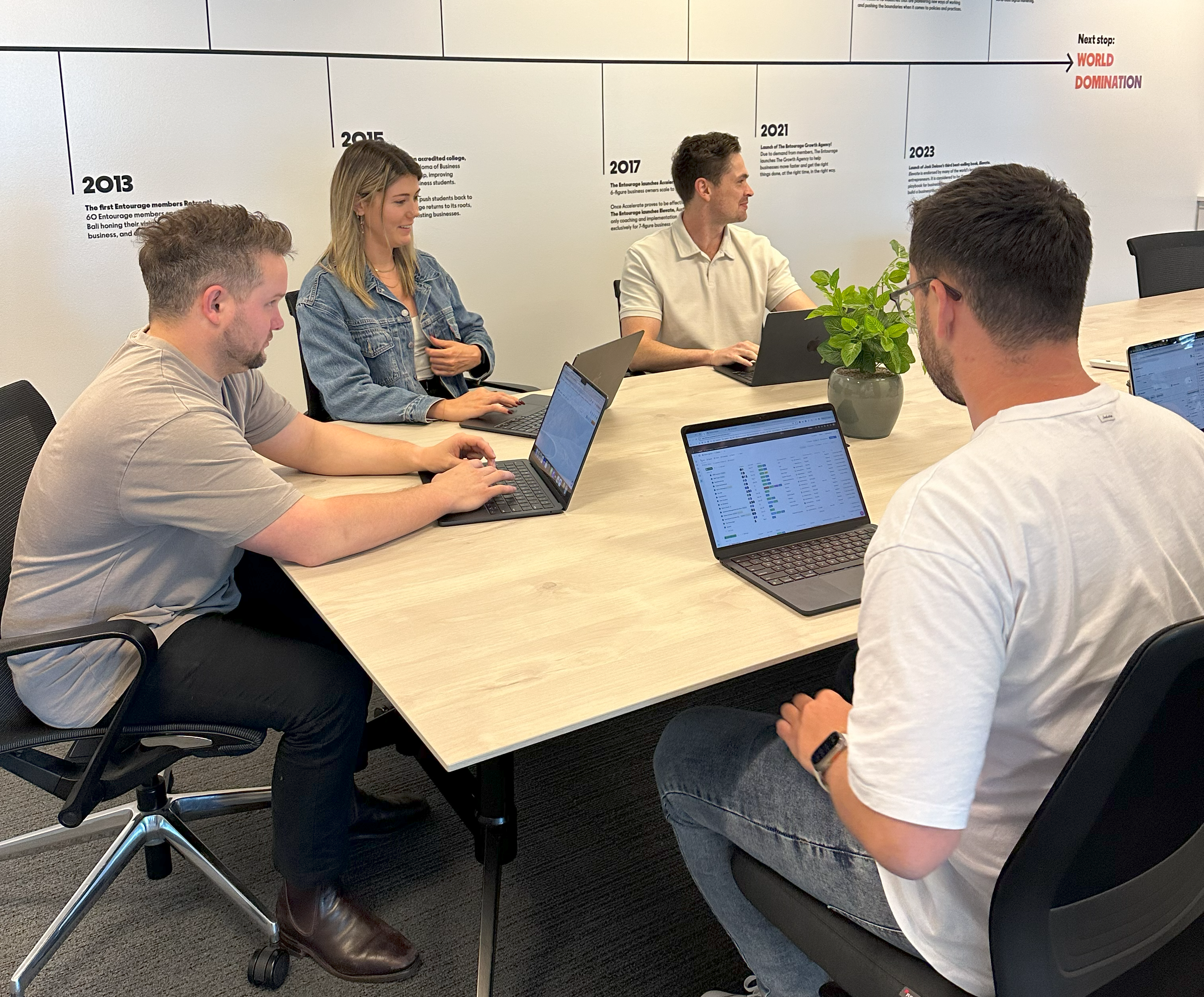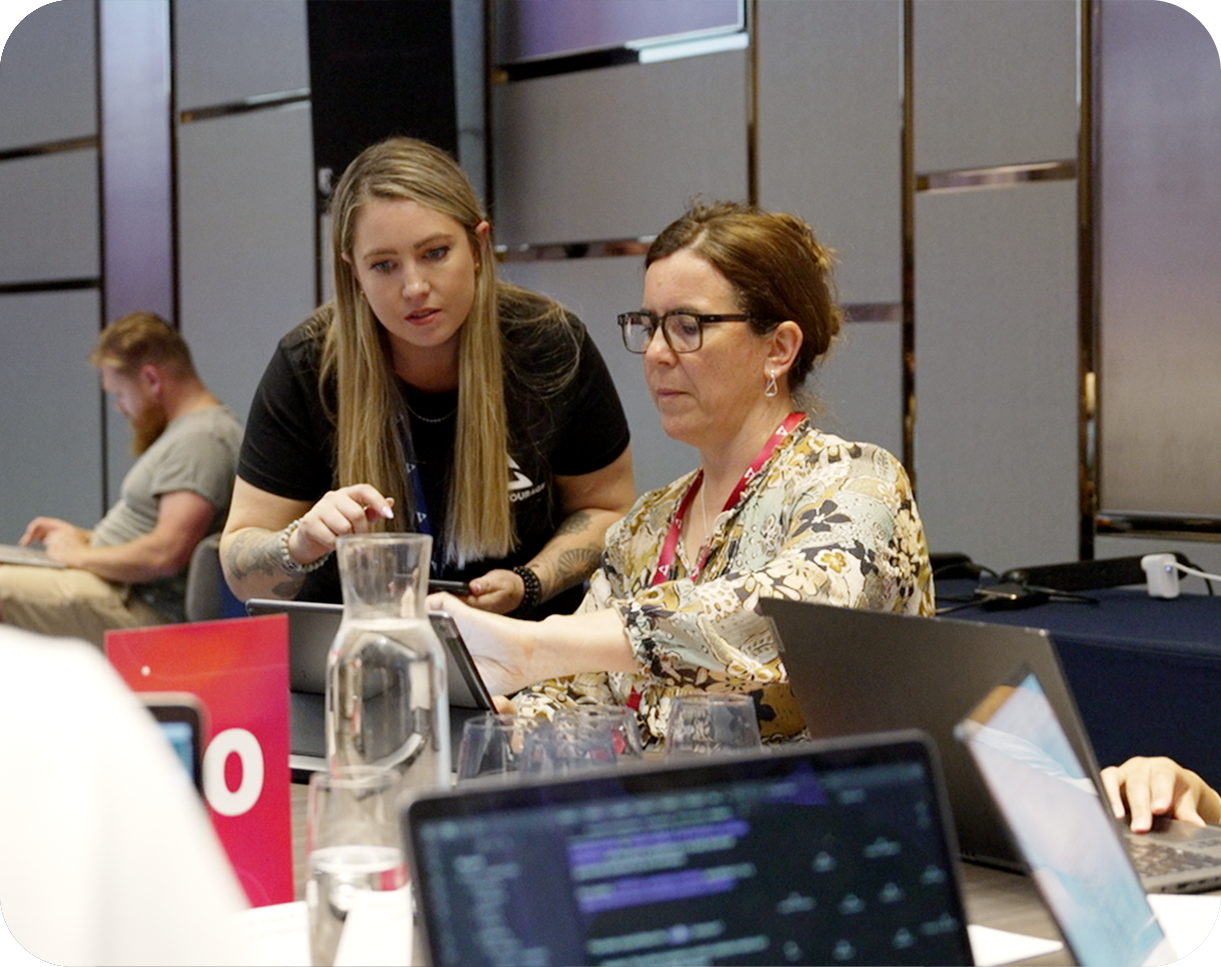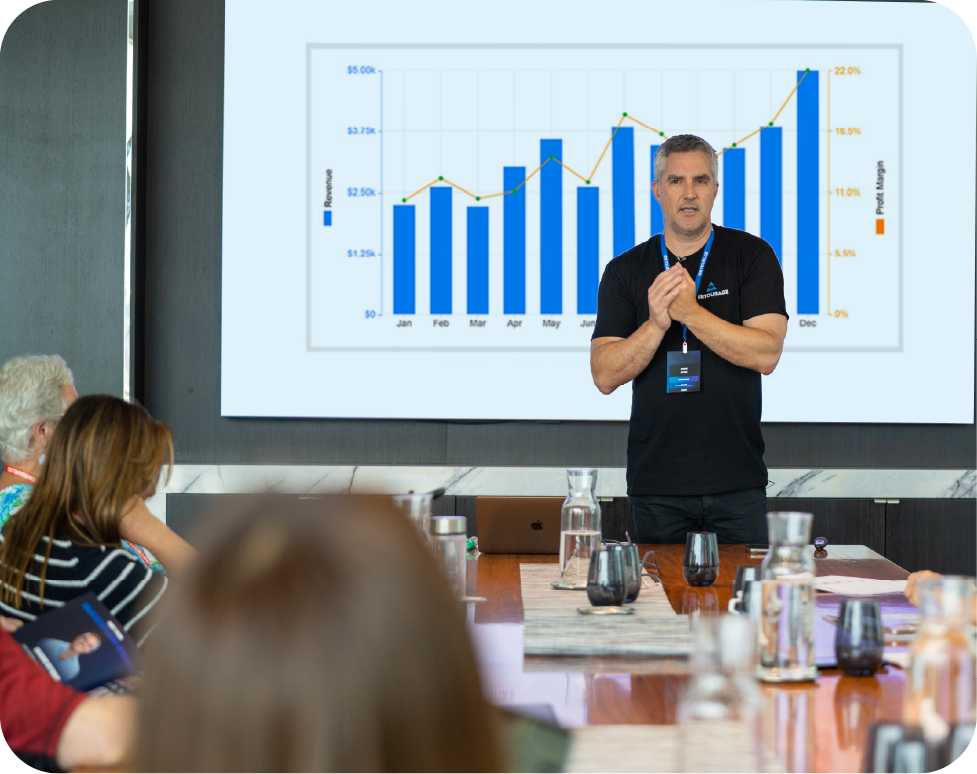The beauty of owning a small business is seeing it snowball from a few red cents to a thriving, self-sufficient ecosystem, from coming up with the brand… to trademarking it… to it becoming a household name.
During this long but rewarding process, one of the things you’ll have to consider is income protection. If you’re considering working full-time for your small business, or you already do, it’s an important question to ask – because it allows you some job security in an uncertain landscape.
But when should you get an income protection insurance quote? And what should you look out for when you do? Here’s a complete guide to income protection for small business owners in pocket-friendly format.
What Exactly *Is* Income Protection Insurance?
Simply put, it's a guarantee on your income as an individual, for situations when you’re unable to work at all, or only at a reduced capacity. If you’re forced to take the backseat in the operation of your business for a couple of months with a serious injury or illness, your insurance provider will pay your salary or average income.
But, unlike Worker’s Compensation, they won’t pay any medical bills, or anything more than an agreed portion of your wages for an agreed time period – with caveats, like the waiting period.
Why Should You Consider Income Protection?
A small business is a brave one. Without the security of paid sick leave, annual leave or workers’ compensation, you may have no financial support if you get injured or sick. This will not only affect you, but the life of your business.
Income protection can be used to safeguard against this risk to your livelihood.
For example, the money you’re paid from your insurance provider will not only cover personal expenses such as rent and groceries but can be used to support your business too. You can use the payments to give you a buffer to hire a replacement for yourself, outsource work, or keep up overhead payments. And in the event of a serious illness, they can go towards paying for medical costs.
One last thing to know is that income protection premiums can be claimed as a tax deduction, as long as they’re not purchased directly through a superannuation fund.
The Waiting Period
Until the waiting period is up and you’ve made a successful claim, you won’t receive any payments. The waiting period is the major caveat to all income protection policies and should be the first thing you consider.
If you have endless sick days, annual leave, and emergency cover already available to you, you can pay less for your premiums and accept a longer waiting period. On the other hand, as a small business owner you may not have any of these accessible, so may prefer springing for a pricier policy with a short waiting period.
The Benefit Period
The second most important thing to consider is the benefit period, which dictates how long you’ll receive payments for once your waiting period is over – and whilst you’re injured, coping with an illness, preparing and recovering from an operation, or in some cases, looking after a child who is sick.
Most common are 2 and 5-year policies– which often cut off when you turn 65. Again, longer benefit periods also mean more expensive policies.
Income Protection Insurance For The Self-Employed
Even the self-employed can enjoy income protection. In fact, some policies cover up to 90% of your pre-taxed income for six months, and beyond that you can receive a benefit period paying 70% of your regular income. But, of course, there are caveats.
Certain conditions must be met to qualify, such as proof of income, proof of good health, age and personal details. And when it comes to income, you can only claim the money lost directly by your inability to work. So if your business continues in some capacity, its profits will not be reflected in your payouts.
How Are Income Payments Calculated?
From March 2020, you'll no longer be paid based on when you took out the policy. Instead, you will be paid as indemnity value dictates. You’ll be assessed based on your income when you make the claim. The benefit of this for you as a small business owner is that you’re likely to be making more money than you were when you took the policy out originally.
Beyond this, your payment will be a portion of your personal income – the money that you’re personally responsible for making for your business. The size of that portion is decided on when you choose your policy.
What Level Of Protection Should I Choose?
There is no one-size fits-all answer to what level of protection to choose, but you should consider how much you can afford to pay for the insurance, how long you could last off savings or business profits in the event of an injury, and whether common injuries such as broken bones will cause you to be unable to work at all.
Based on your savings or profits, you can decide which waiting periods would be acceptable. And based on your genetic predisposition to certain medical conditions, or the likelihood of common short-term injuries causing you to be unable to work, you can choose your benefit period length; broken bones rarely need two-year benefit periods. However, if you work in manual labour, you are more prone to physical injury, which would impact your ability to keep working.
Be sure to read the Product Disclosure Statement (PDS) before signing any policies.
Conclusion
Income protection is a failsafe for the times you get into trouble while running a small business. Depending on your coverage, it might not save your business on its own, but it will secure you some money to help you stay on your feet. As your business grows, and you begin to rely on its income, be sure to consider your income protection options, both for your financial security and peace of mind.
Related Categories
Ryan Terrey
As Director of Marketing at The Entourage, Ryan Terrey is primarily focused on driving growth for companies through lead generation strategies. With a strong background in SEO/SEM, PPC and CRO from working in Sympli and InfoTrack, Ryan not only helps The Entourage brand grow and reach our target audience through campaigns that are creative, insightful and analytically driven, but also that of our 6, 7 and 8 figure members' audiences too.





